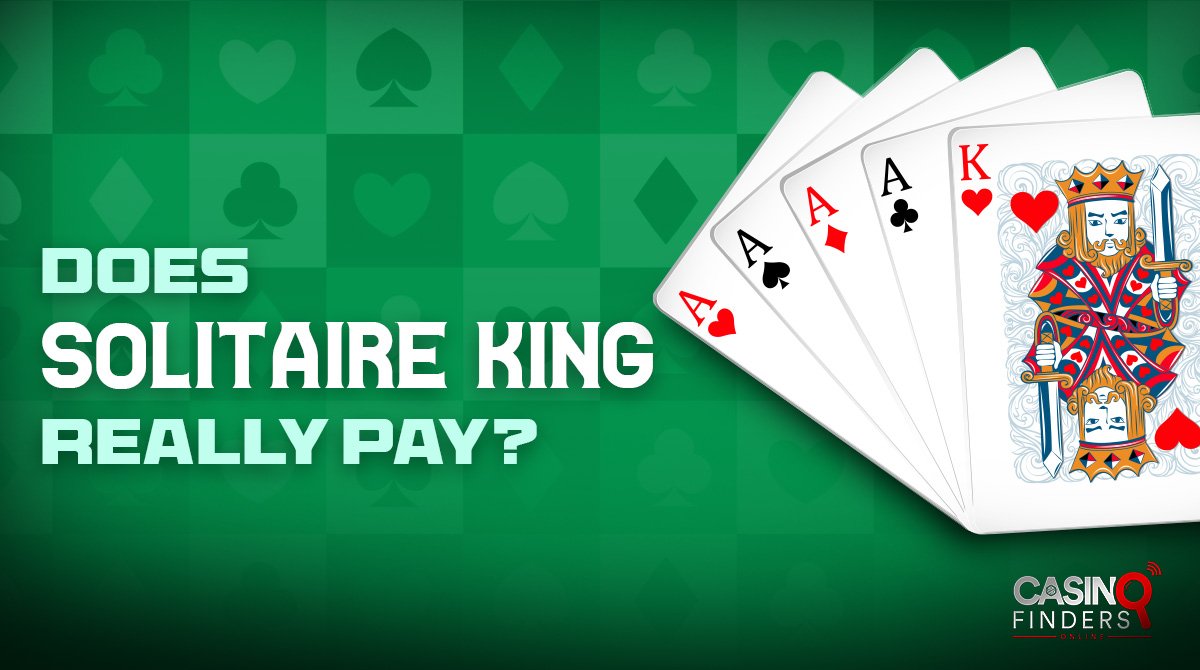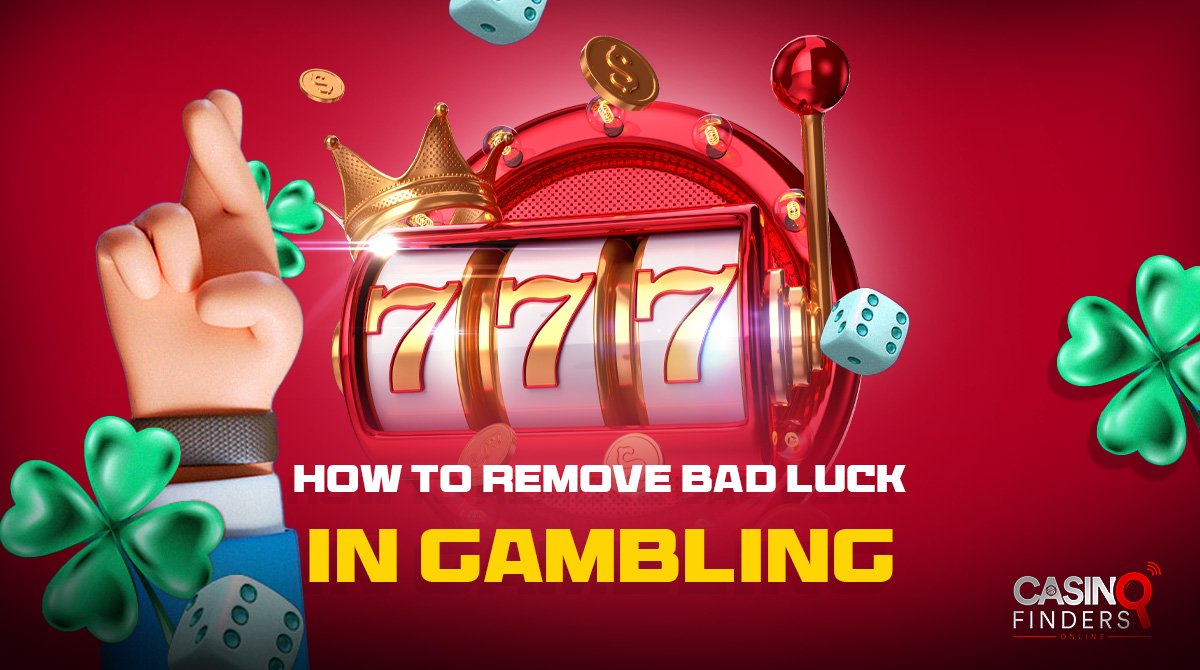How many numbers are on a Roulette wheel?
It is rare among casino games that a ball decides the fortune of a gambler. It spins and spins until lady luck nominates the victor. As egoistic as the ball is, it only has limited options to choose from on the wheel. The question is how many numbers are on a Roulette wheel for the ball to pick and carelessly fall into.
To answer the question, it depends on the roulette variant you want to play. The wheel in European Roulette comes with 37 numbers, whereas the American version has 38 numbers on the wheel.
More questions may arise about why it is as such and its reasons. How is it possible that they are still called the same name and referred to as Roulette despite having different numbers on the wheel? The answers to these questions and more on the roulette wheel are discussed in this article in detail. Let’s do a quick background check on Roulette first to see if it is the bad boy of casino games.
History of Roulette:

Roulette’s invention is credited to the 17th-century French mathematician called Pascal. He wanted to invent a never-ending motion wheel that should spin without the need for an external source of energy. He, on the other hand, ended up creating a great source of income for casinos with his invention turning into a gambling machine. Roulette, which means “little wheel” in French, has continued to conquer casino after casino by occupying a special place in gamblers’ hearts. Unlike some other games, it does not involve headache-inducing and complicated strategies.
How to play Roulette?
The roulette game uses Pascal’s invention, the spinning wheel, as the determinant of the outcomes. Roulette is played against the house, unlike some other games like Poker. Players randomly or strategically place their bets on a number or groups of numbers that they hope or expect the ball to fall into.
Roulette has different bet types that fall into two broad categories, inside and outside bets. The winning odds are considered to be the main player in the partition of two bet types, with outside bets having high odds and vice versa. If you are new to gambling, remember that with higher odds come lower payouts and vice versa.

Roulette wheel:
The roulette wheel carries the entire show on its shoulders by constantly choosing the winners. It is placed at the corner of the roulette table and consists of several parts. Among the most important parts are the bowl, ball track, rotor, and pockets.

How is the roulette wheel manufactured?
Wood and metal are used in the manufacturing of most roulette wheels. The manufacturers have to meet strict standards to ensure the fairness of the wheels. They put the wheel through many tests to ensure it checks many requirements before distributing them to the market. The randomness of the game must never be compromised when creating a wheel. After all, we trust our money to the luck god, not a biasedly-manufactured wheel.
The ball:
You will get addicted to the sound of the spinning ball in Roulette once hearing it enough times. Speaking of the ball, it used to be made of ivory but is now made of acetal or Teflon. The size and weight of the ball are proportional to the dimension of the wheel. The ball track is where the ball spins and is made of a special type of wood. It should be smooth since it is where the ball is running non-stop.
The pockets:
They act as the grave for the ball to rest in peace at last, but the ball ironically resurrects every time (lol). Manufacturers, with the help of casinos for sure, tweak the pocket structure to cause more adrenaline rush when the ball is to fall into any pocket but jumps instead. Some roulette wheels come with shallow pockets allowing the ball to bounce as it wants to land on the pocket. They tweak the fret (the wall between pockets) to be short and tapered to let the ball bounce resulting in an even more unpredictable outcome.

On the other hand, some wheels come with deep pockets, like middle-aged castles. They do not allow the ball to bounce once captured. The pocket structure only adds more to the unpredictability of the game and never changes the game’s randomness. Manufacturers always play with the pockets to have a new variation to attract more customers.
Roulette wheel numbers:
A roulette wheel represents all the numbers that are in the betting layout of the table. There are 36 numbers contained in three columns of 12 on the table. At the bottom of the columns are the zero in European Roulette and another double zero in American Roulette. These two numbers should also be represented on the wheel, so there are 37 or 38 numbers on the wheel, depending on the two variations of the game.
Numbers placement:
All roulette wheels must follow certain standards when it comes to placing numbers on the wheel. Let us look at some of them.
- All numbered slots or pockets must be colored red and black alternatively. No two adjacent pockets can be of the same color.
- The numbers are not arranged in numerical sequence but should be arranged to ensure an even distribution of odd and even numbers and high and low numbers. The number arrangements are different in American and European roulettes.
- Zero and double zero are colored green.
European Roulette:

The roulette game was initially developed in the Europe continent and later spread to the US and other corners of the world. So, European Roulette symbolizes the first roulette games played centuries ago. It has 36 numbers with an additional zero number on the wheel. The house edge is 2.7% in European Roulette.
The number arrangements sequence is as follows in European Roulette; skilled players know these numbers by heart.
American Roulette:

The roulette game was first brought to the US in the 19 century, which underwent some changes. An additional double zero was added to the game besides the single zero that was present in European Roulette. This minor change increased the house edge to 5.4% in American Roulette.
The number arrangements in American Roulette follow the following rules. The single and double zeros are placed opposite of each other, dividing the wheel into two halves.
The first half includes numbers 1 through 17 and 20 through 36, which encompasses both even and odds numbers, as well as high and low numbers. The other half includes numbers 2 through 18 and 19 through 35, again ensuring an even distribution of numbers.
In a nutshell:
Both European and American roulette have the same rules and payouts. The difference is in the odds that are lower in American Roulette due to the existence of an additional double zero. For example, the payout for a straight-up bet is 35:1 in both roulette variations, but the odds are 1/37 and 1/38 in European and American roulette, respectively.
Read More:
The Difference Between European and American Roulette
Live Roulette Online, Play Live Dealer Roulette for Real Money





 Written by
Written by 



 Cashback Bonus
Cashback Bonus



















